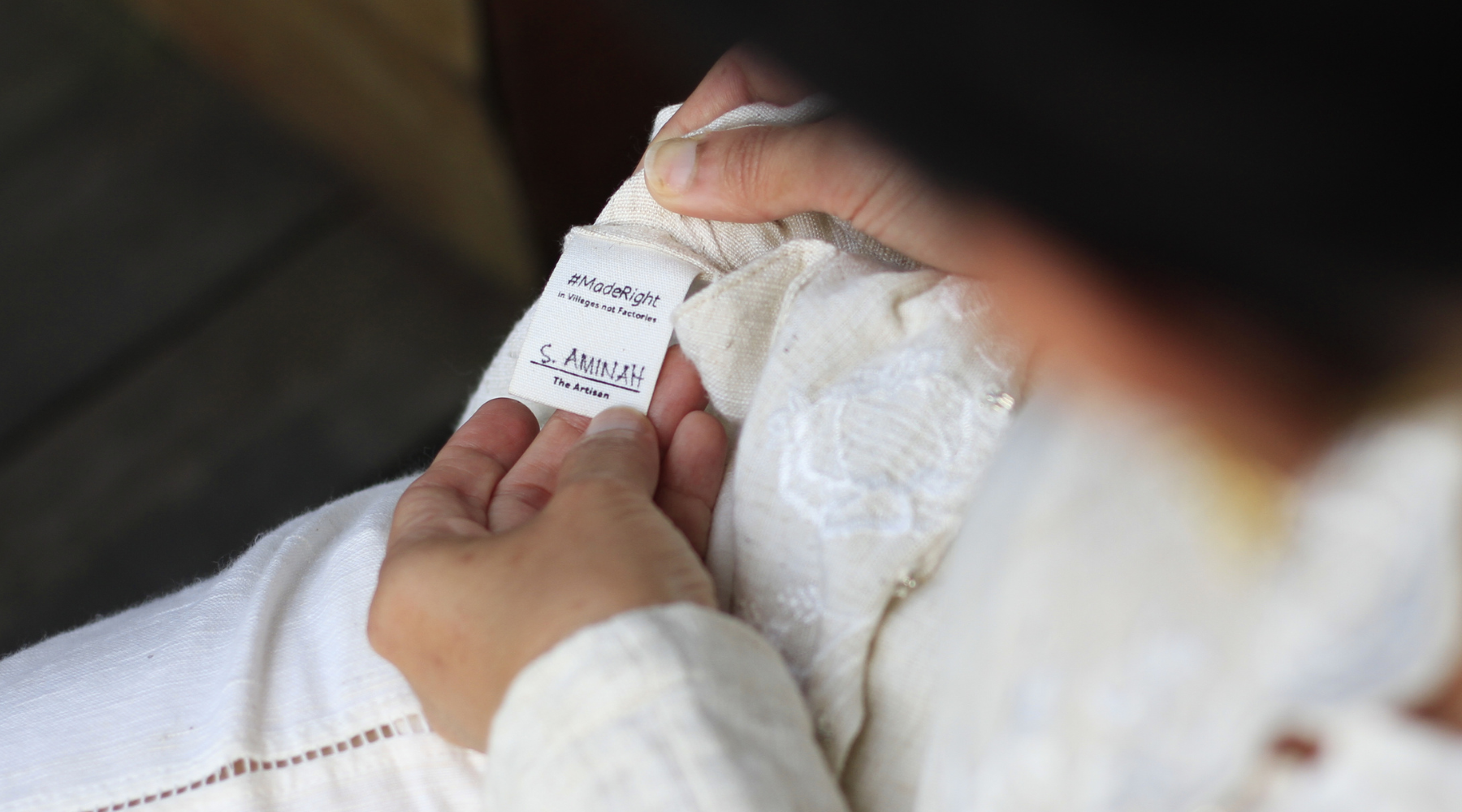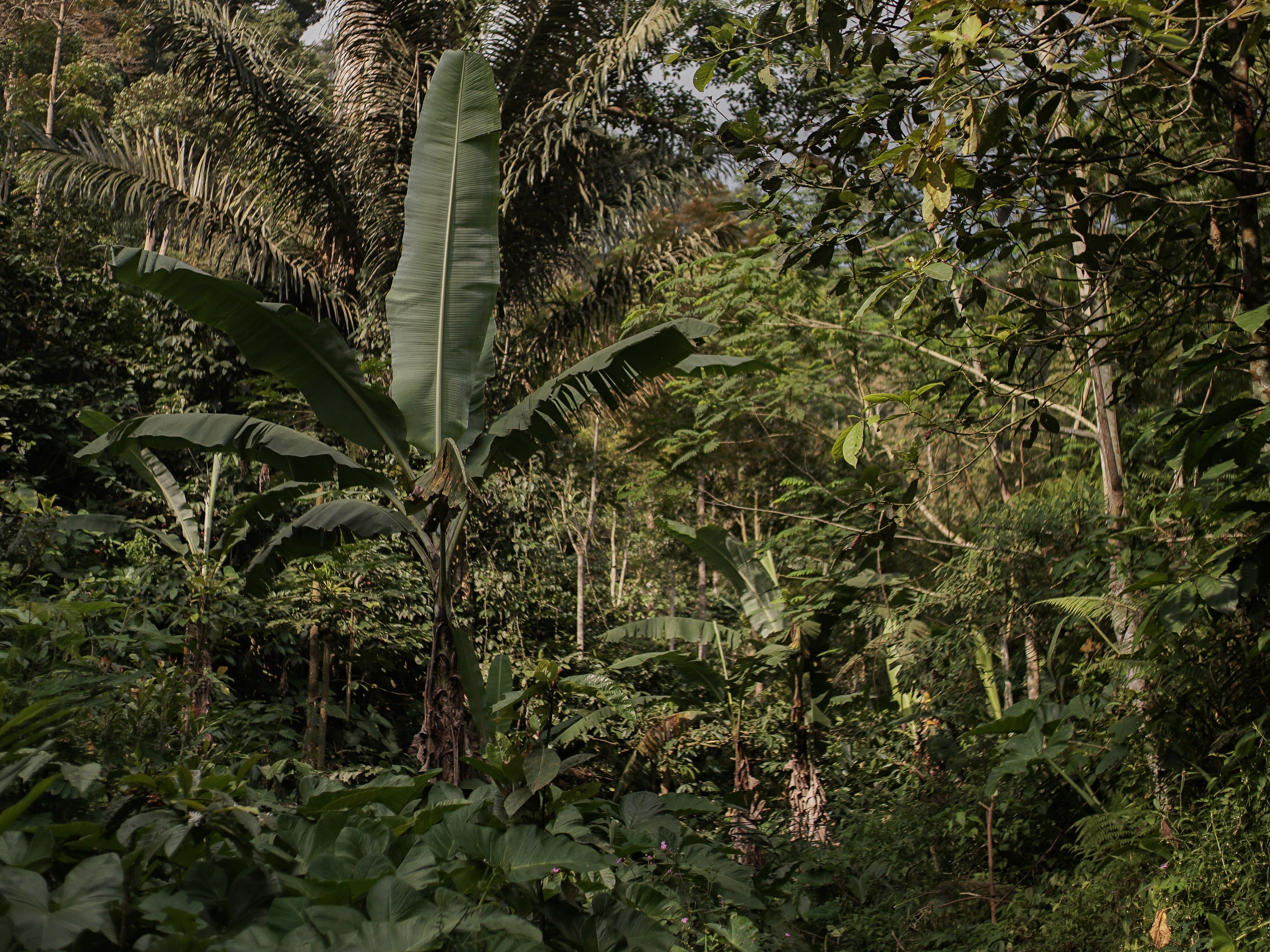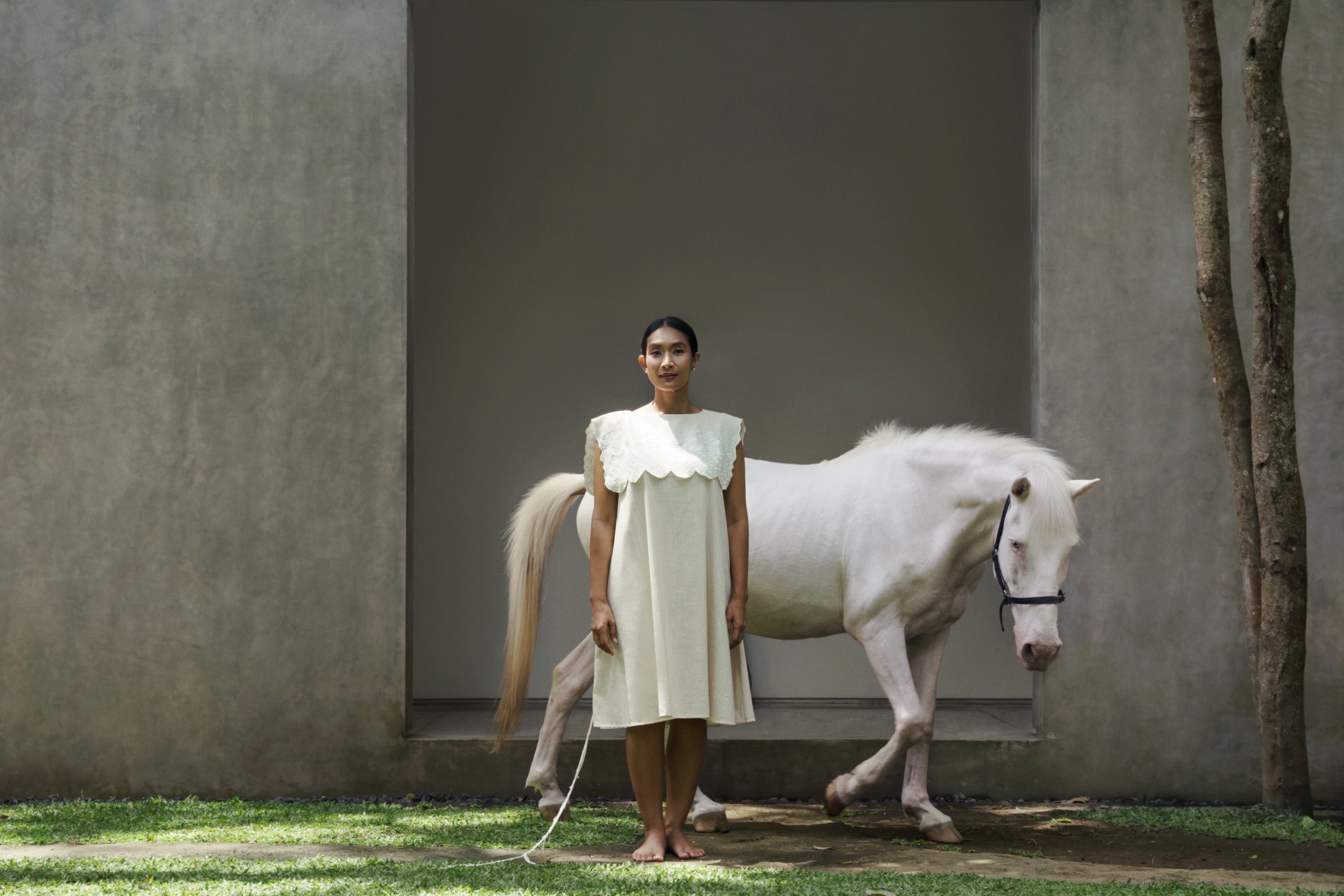
A new way of thinking about how we buy.
_
We are drowning in clothes. Every year, a staggering 100 billion garments is produced in ways that don't respect the planet and the makers. The issue of overproduction is made worse with the culture of disposability. Where a truck of clothes is burnt or buried in a landfill somewhere - every second.
The problem has become so big it can be seen from space. In what follows, we aim to share a new way of thinking about how we buy as an antidote to the overproduction and overconsumption that drives the fashion industry as we know it.
At what cost?
In a world where we can buy a shirt as cheap as our coffee, it's easy to be buying more. Unlike other items in our lives, fashion is one of the few industries whose price actually decreased. In fact, the real price of clothes has halved since 1990. Dwell on this for a second. That means, adjusting for inflation, we are now paying less for clothes than our parents did.
Turning clothing - which used to be an investment - into a disposable item. According to studies, clothing today is discarded after 7-8 wears. Its ‘affordability’ makes it easy to think of clothes as disposable, something to replace and throw out when we’re bored or if it breaks.

Figure 1 – We are buying more clothes and wearing them less.
But here's the inconvenient truth. Just because we're paying less doesn't mean that it's cheaper. Especially when factoring in the hidden externalities costs. Now more than ever, we need a radical new rethink to change this linear system. So I’m letting you in on a secret called Cost-per-wear. It’s the magic formula that will simplify your wardrobe – and life – while freeing up your budget for things that matter. Get ready to change your world with just a few numbers and well… logic.
What is cost-per-wear
The old school idea of ‘cost per wear’ (CPW) has been pushed aside by fast fashion. Our purchases are now pushed by trends. At a price that you don’t have to think much about. So that when it breaks after a few wears, you don’t mind to just toss and replace it.
There’s something wrong with this on so many social and environmental levels. And that’s why we’re bringing back the CPW so we can start measuring how much something actually costs through its life cycle.
If you haven’t heard it before, cost per wear means breaking down what you’re paying by how many times you’re actually going to wear those clothes.

Think about it this way: If you invest $100 in a well-made shirt, where the shirt is going to be worn once every week in the next 3 years, your CPW comes out to a very reasonable $0.64 ($100 : 52 weeks : 3 years).
If you compare it to some dispensable purchase that you hardly ever wear – say, a $20 shirt that you only wear 10 times* before the seams give up – then the CPW becomes $2. Unlike its current price tag, you start to realize that its true cost is far more expensive than what you paid for it.
A hidden costs that is borne and subsidized by the communities who produced itand our Planet.
Fewer, better
Have you ever realized that it’s harder to opt for ‘less’ than getting more? Every day, we get bombarded with marketing that pushes the newest trends. Creating this pressure to constantly buy stuff and giving rise to disposable clothes. Easy to buy, easy to throw out. Without much thought on the consequences.
CPW encourages us to think about how much something actually costs through its life cycle.
 Figure 3 - Me and our very first KUPU Kimono. I still re-wear it at least once a week and everytime I need a reminder for courage. Pictured is me wearing it to mark our flagship opening milestone! Guess how much is the cost per wear after re-wearing it 6 years straight?
Figure 3 - Me and our very first KUPU Kimono. I still re-wear it at least once a week and everytime I need a reminder for courage. Pictured is me wearing it to mark our flagship opening milestone! Guess how much is the cost per wear after re-wearing it 6 years straight?
Investing in fewer, better items are going to cost us more up front, but saves us money in the long term. As those long lasting, high quality clothes will work harder for you. Simplifying every dressing experience, ensuring less waste gets thrown out, and a wallet that thanks you.
In a way, CPW isn’t so much a mathematical formula as it is a philosophy: less stuff, but better.
Things that are made in the right way. Things that you’ll feel good wearing. Through this simple change of mindset, you’ll understand why your next shirt or dress might be a sustainable and cheaper choice for the long run, when you know in which items to invest.
The high price of fast fashion
Think about the clothes you’re wearing. Did you ever thought of what it’s made of? How was it made? How was the color dyed? And most importantly – under what conditions? The truth is, beneath all the trends and glossy pictures is a reality that they don’t want us to know.
Where 60% of our clothes are made with plastics, 120mn trees are logged to become our clothes, and how the 8,000+ chemicals used in dyeing made it the 2nd largest polluter of our drinking and irrigation water. And women who made it are subsidizing the low prices by being paid poverty wages.
This is the true cost of our clothes.
 Figure 4 - The many steps to dye black with natural Indigo leaves and sugar. It takes much more patience and time to ensure what we wear no longer comes at the cost of our planet.
Figure 4 - The many steps to dye black with natural Indigo leaves and sugar. It takes much more patience and time to ensure what we wear no longer comes at the cost of our planet.
But does it mean we have to buy expensive things? The quick answer is no. Expensive does not guarantee it’s ethical, as the high price doesn’t always means that it’s well made. Often, the margin just fuels more marketing and greenwashing.
So what can you do?
First, remember that the most sustainable clothes are the ones in your closet. Re-wear them as much as possible. Get creative with layering! Yes, it’s okay to wear something that your friends have already seen on Instagram.
Second, research before you buy. If you do have to buy something, first learn about how it’s made. Ask what material is in it, how was it dyed and what happens with the waste water. As much as possible, avoid blends (containing % of 2-3 materials) as it’s nearly impossible to be recycled after disposal.
And lastly, ask how long you will wear it. Is it a fad that you’ll wear once? Or is it a timeless piece you’ll wear for years to come?
Think about it: how many amazing investment pieces could you have actually bought with all that money torn into pieces and hanging in your closet, worn one time and sitting there to dust.
And remember, re-wearing clothes is cool. Don’t let others tell you otherwise.




